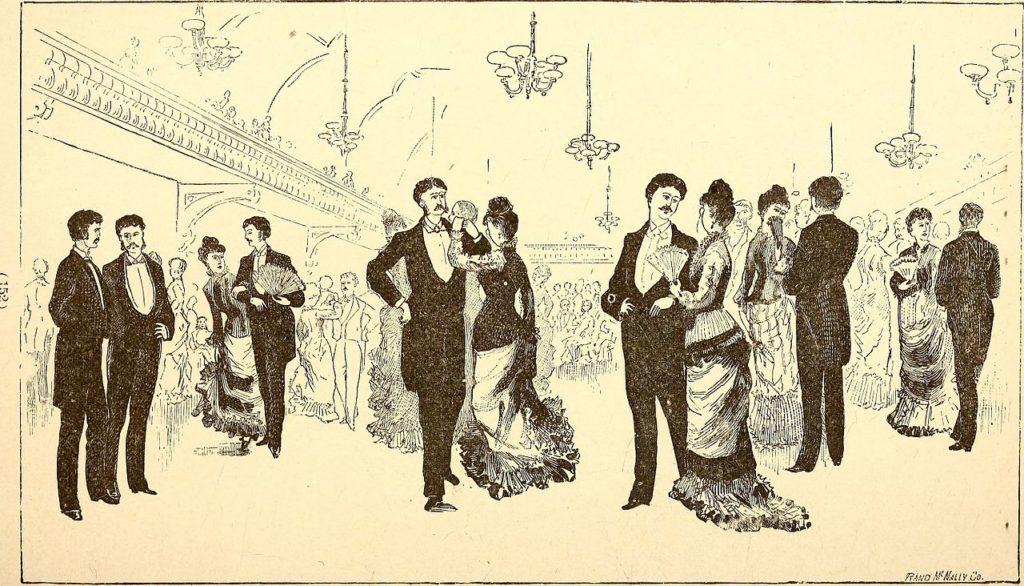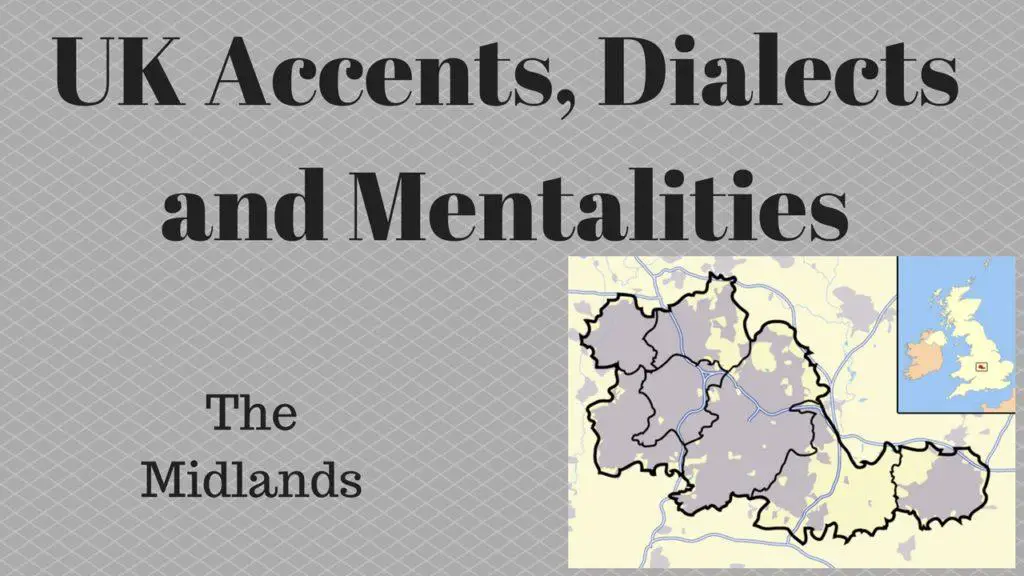First Impression in English – Introduction
Making a strong first impression is important in any professional setting. But when English isn’t your first language, it can feel a little more challenging. The good news? With some simple strategies and practice, you can impress from the very first hello.

In this article, we’ll explore how to present yourself confidently in English, especially in work environments, interviews or business networking events. We’ll also link to practical resources like our article on How to Network in English: Building Connections with Confidence and our friendly community for professionals who use English at work.
Start with Confident Body Language
Before you even speak, your body language sends a message. Good posture, steady eye contact and a friendly facial expression can help you appear more confident and approachable.
Example: You walk into a room, stand tall, smile and say, “Hi, I’m Aisha. It’s a pleasure to meet you.” Even if you feel nervous inside, these nonverbal signals show calm and professionalism.
Cultural Tip: In the UK, a firm handshake and personal space are appreciated. Unlike in some cultures where people stand very close, British professionals often prefer a bit of distance.
UK vs US Note: American professionals may use bigger smiles, firmer handshakes and more expressive greetings. British professionals are often more reserved but equally polite.
Prepare a Natural Introduction
Introducing yourself clearly is one of the easiest ways to make a good impression. Keep it short and relevant.
Example:
“Hi, I’m Miguel. I recently joined the product team as a data analyst. Looking forward to working with you.”
Add a polite follow-up question:
“And you are?” or “What do you do here?”
Practising your introduction in advance makes you sound more fluent and helps manage nerves.
Use Friendly, Professional Greetings
Choosing the right greeting depends on the context. In formal meetings, use:
- “Good morning, how are you?”
- “Pleased to meet you.”
In more relaxed situations:
- “Hi there, nice to meet you.”
Avoid overly casual expressions like “What’s up?” in professional contexts, especially if you’re not sure of the company culture.
Tip: Match the other person’s tone. If they start formal, respond similarly. If they are relaxed, you can adapt.
Make Small Talk Without Stress
Small talk builds rapport and shows that you’re friendly. Safe topics include:
- The weather (especially in the UK!)
- Commuting
- General questions like: “How’s your day going so far?”
Example:
“It’s been raining all morning. Do you usually cycle to work in this weather?”
If the conversation flows, you can transition to work-related topics smoothly.
Listen Actively and Respond Thoughtfully
Good listening is just as important as speaking. Show you’re paying attention with short responses:
- “Interesting.”
- “I see.”
- “That must be exciting.”
Ask follow-up questions to show interest:
“You mentioned you’re managing a new project – what’s it about?”
Avoid interrupting. In UK culture, interrupting is considered impolite unless it’s urgent.
Mind Your Tone and Pace
Speak at a steady pace and keep your tone polite. In English, how you say something often matters as much as what you say.

Check out this article for a light-hearted look at how indirection equates to politeness.
Examples of polite phrasing:
- Instead of “Tell me what to do”, say “Could you let me know what needs to be done?”
- Instead of “I don’t understand”, try “Could you explain that again, please?”
Softening language (common in UK English):
- “I was wondering if…”
- “Perhaps we could…”
- “It might be a good idea to…”
Dress the Part (Even on Video Calls)
Your appearance creates part of your first impression. Dress professionally according to the workplace culture. In the UK, many offices follow a smart-casual dress code.
For video calls:
- Use a neutral background
- Dress professionally from the waist up
- Speak clearly and look into the camera when greeting someone
Example: Smiling, saying “Hi, I’m Ravi. Nice to meet you”, while wearing a clean shirt and using a tidy background shows you care about professionalism.
Practise Real-Life Scenarios
The best way to build confidence is through practice.
Try practising:
- Introducing yourself at a meeting
- Starting a casual conversation in the kitchen
- Joining a new team call with confidence
Tip: Our community for professionals who use English at work offers opportunities to role-play introductions and receive helpful feedback.
You can also prepare key phrases in advance and record yourself to hear how you sound.
Final Thoughts
First impressions are more about connection than perfection. You don’t need to speak perfect English to make a great start – you just need to show confidence, curiosity and politeness.
Want more help? Read How to Network in English: Building Connections with Confidence for more social strategies. Or join our learners’ community to practise with other professionals and build confidence together.
You’ve got this. That first hello could be the beginning of a great opportunity.


